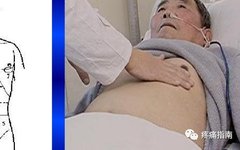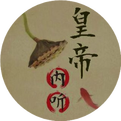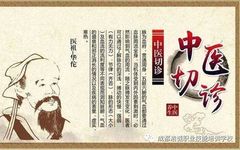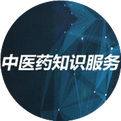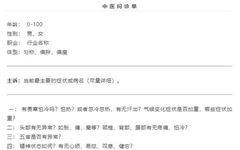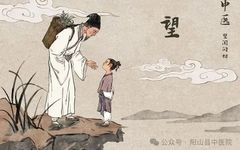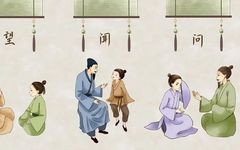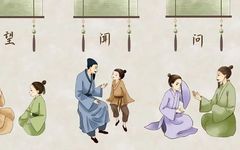The Method and Significance of Palpation Diagnosis in TCM
ClickBlue↑FollowUs! Palpation diagnosis is a method where the practitioner directly touches and presses certain areas of the patient’s body to understand local abnormal changes, thereby inferring the location, nature, and severity of the disease. (1) The Method and Significance of Palpation Diagnosis 1. Method ① Position: During palpation, the patient should be seated or lying … Read more

